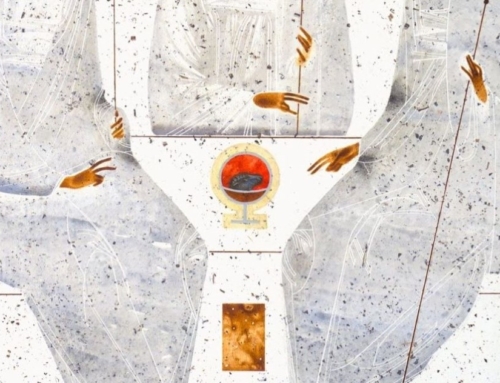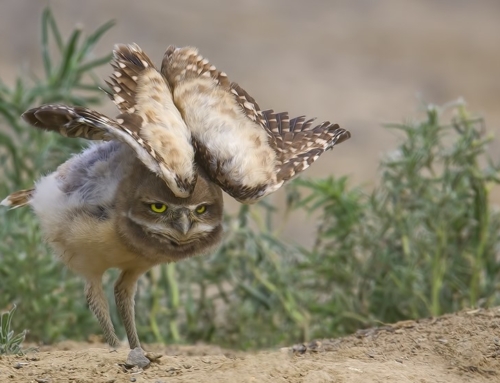As we learned last week, this is an important year for anniversaries. Among other events, this year marks the ninetieth anniversary of JRR Tolkien’s completion of his working prose translation of Beowulf and, he would argue, about thirteen centuries since the original composition of Beowulf.
The pagan world of Northern European epic—see Beowulf and the Kalevala, for example—is very dark. One might first locate this darkness in the way in which the poets describe the world, in a kind of relishing of violence, for example. However, this is balanced by their tender appreciation for the beauty of nature. In fact, one must look deeper than mere description: the darkness lies in the very heart of the ancient poets’ view of the world. Tolkien, in his lecture “Beowulf: The Monsters and the Critics,” pierces to the heart of this darkness:
… [the poet’s] hearers were thinking of the eormengrund, the great earth, ringed with garsecg, the shoreless sea, beneath the sky’s inaccessible roof; whereon, as in a little circle of light about their halls, men with courage as their stay went forward to that battle with the hostile world and the offspring of the dark which ends for all, even the kings and champions, in defeat. That even this ‘geography,’ once held as a material fact, could now be classed as a mere folk-tale affects its value very little.
Before analyzing the darkness, it is important to first acknowledge the true beauty present here. Within his “little circle of light,” the pagan hero has something marvelous about him. As he marches off to hopeless battle with hideous beasts, seeking glory for himself and for his king, he demonstrates a kind of raw courage which most of us probably lack—but which we desire nonetheless. The poet paints his picture and our admiration grows until we ourselves want to strap on some chain mail and go slay a dragon.
But the hero’s bright armor and virtue, by the poet’s artful contrast, serve to draw our eyes back to the darkness at the edge of our vision. The monsters of the darkness do not understand surrender; the inevitable defeat of the hero must lie in his death. Tolkien highlights this inevitable defeat as the foundation of the pagan darkness. The pagan world peers into death and loses all hope. And yet, somehow, the human spirit cannot help but be intrigued by death, searching for something more, something good. Why else write poetry about death in a time when it could be seen daily?
Our world, as is all too clear, is once more largely pagan, and it stares into the pit of death with the same hopelessness—but without the hero’s courage or the poet’s wisdom. Our contemporaries slaughter their children to spare them from death, and our elders kill themselves to spare us their long journey into death.
But in this time above all, as we celebrate the Resurrection, hopefully the Christian has been held back from this descent into the pit of darkness; hopefully he has clung to his desire to run out and gloriously slay a dragon. For while our mighty King needs not our glory, He nonetheless bids us take up the very armour of God and fight in His Name. Wielding the sword of the Spirit and clinging to the shield of faith, we shall follow Him into battle, slay the dragon, and discover that He has transformed the darkness of death into the only path to lasting light. Indeed, this peaceful light, into many flames divided, yet never dimmed by sharing of its light, has come back from death’s domain and even now widens the little circle of our vision if we dare to look past the edge of darkness.
✠
Image: Akseli Gallen-Kallela, Kullervo Sets off for Battle







